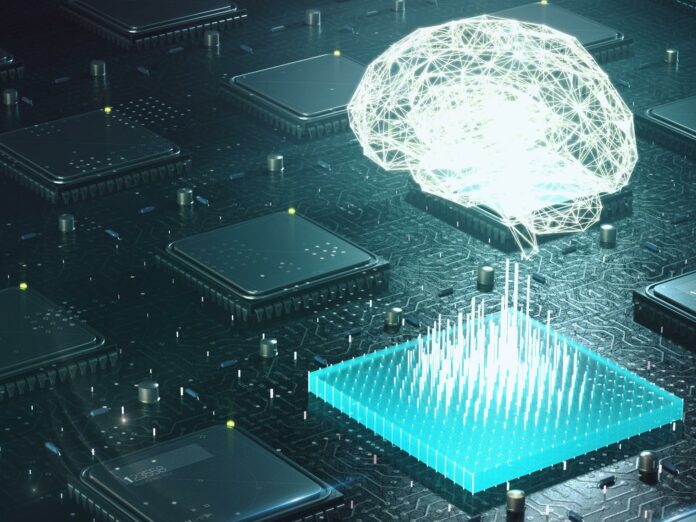Neural Network – The Future Is Here
With information being the establishment for practically every one of the targets to achieve, regardless of what the business type is – having the right advancements set up that assist in accomplishing the point is the need of great importance. Associations depend on a few devices and advances to make the most ideal utilization of the information that is accessible. All things considered, there are a few terms that we will hear consistently – Artificial Intelligence, huge information, information science, information investigation, etc. One more regularly utilized term is – neural network(s). Having a profound comprehension of this idea is somewhat difficult. All things considered, not any longer! Continue to pursue thinking about neural organizations exhaustively – directly from the nuts and bolts to their applications in the mystical universe of information!
The idea of neural organizations has been in presence for longer than 10 years at this point.
What are neural organizations?
So what precisely do we comprehend by neural organizations? A neural organization depends on an association of units or hubs called neurons. The associations are called edges. These neurons model the neurons in the mind. Every one of these neurons can communicate a sign to different neurons. The neuron that gets the sign does the handling. What is to be noted here is that this sign is a genuine number and the output is an element of the number of its information sources. Quite possibly the most intriguing highlight of neural organizations is that the Neurons and edges commonly have a weight that changes as learning continues. With the weight expanding or diminishing, the strength of the sign either gets solid or feeble.
Layers of a neural organization
Normally, a neural organization is built from 3 diverse layer types. The first is the information layer – a layer that gets the information to be taken care of into the organization. The subsequent stage is that of the secret layers. It is here that the entire computation is finished. The latter is the yield layer that creates the yield for the given arrangement of information. The signs advance from the principal (input) layer to the last (yield) layer. At times, it is conceivable that the signs cross through these layers on numerous occasions.
How do neural organizations function?
Neural organizations are prepared by handling models. Every model has a known “input” and a “result”. Both of these are put away inside the information construction of the neural organization itself. At the point when a neural organization is prepared, there is a contrast between the anticipated yield and the genuine yield. This is called a blunder. The organization then, at that point changes itself based on a modified principle. After the changes, the outcome conveyed is near what the objective yield is. Afterward, the preparation is ended – after having done adequate changes.
Follow and connect with us on Facebook, LinkedIn & Twitter

